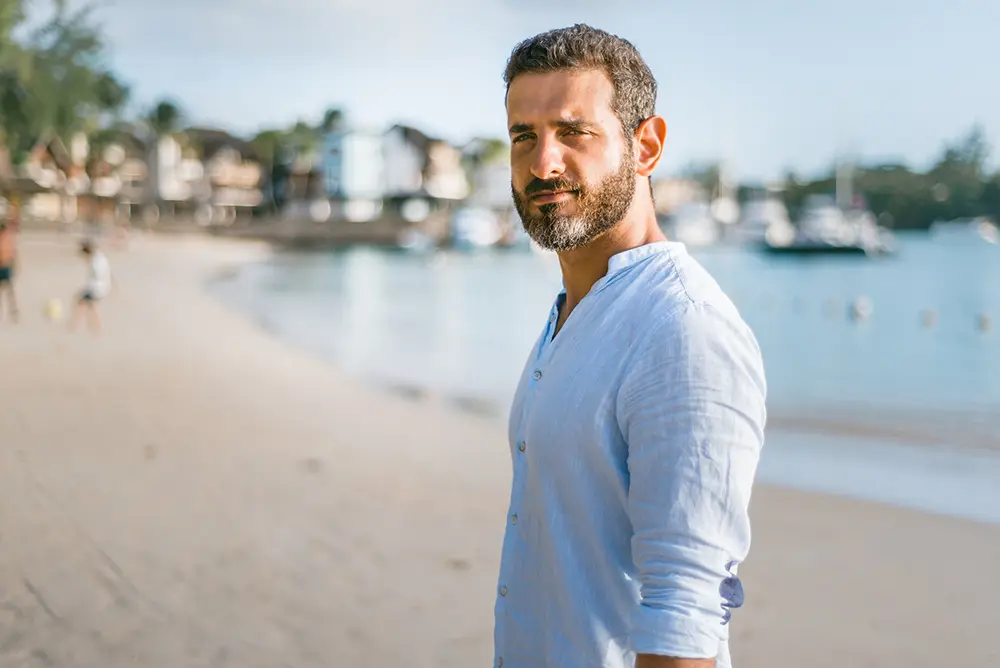With few exceptions people age at a similar rate until they reach their late twenties or mid-thirties. Then most people reach a turning point – a transition from “growing” into “aging.” In general, each biologic function begins to decrease in the transition. There is enormous variation among individuals, as they age, in the rate of decline of biologic function. Biologic age is an estimate of an individual’s level of biologic functioning compared to others at different chronological ages. The individual who makes unhealthy choices may actually function and be aging biologically at the same level as someone 15-20 years older. The question is how can you be one of those people who function and age biologically at a level equivalent to someone who is many years younger than you?
Presently, the degenerative diseases of aging are humankind’s greatest challenge: cancer, heart attack, stroke, diabetes and Alzheimer’s disease prematurely kill and disable millions of people worldwide. In the United States alone, eliminating the number of deaths from many of these diseases would result in hundreds of billions of dollars returned to the economy, not including the savings in medical costs. Imagine how wonderful it would be if a pharmaceutical company developed a pill which could cure 60-70% of all aging-related diseases. Yet that is the percentage of cancers that are preventable in this country, according to the American Cancer Society. They estimate, for example, that 90,000 deaths due to cancer could be prevented each year in the U.S. if men and women did nothing more than maintain normal weight. Equally compelling available evidence demonstrates the possibility to prevent a similar percentage of many other aging-related diseases, including heart attacks, strokes, and diabetes. It would appear that the diseases and diminished functioning many experience with age are far more related to a lifetime of unenlightened choices than they are to the ticking of a clock.
The gradual wasting away of the body over the course of decades is not a necessary or normal component of aging. Preventive-aging measures are available to postpone entry into the disability span of life and improve one’s “health expectancy.” Screening, health risk assessment and early intervention for the improvement of physiological, cognitive, emotional, and physical functioning offer possible and significant increases to one’s “health expectancy.” A comprehensive approach to preventive-aging should include equal attention to optimum nutrition and appropriate nutritional supplementation, exercise and fitness, hormone balance, healthy lifestyle changes, and stress-response management. Any preventive-aging strategy should strive to build the body’s reserve capacity, improve functional ability, and reestablish balance at the in the body and the mind. The moment to act is now. While you cannot go back and make a new start youcan start today to make a new ending.

